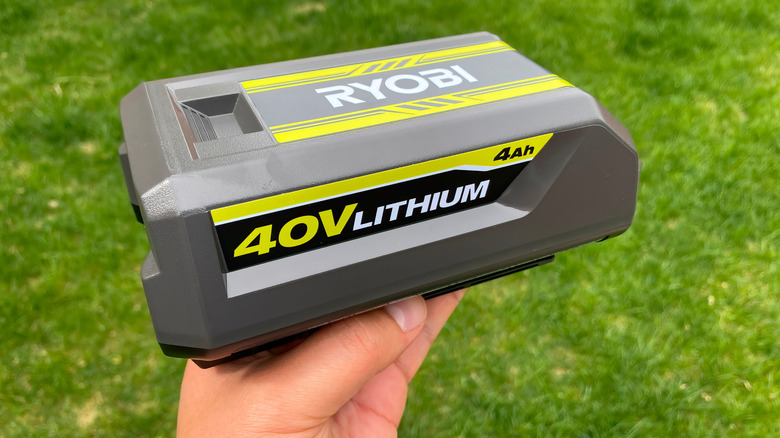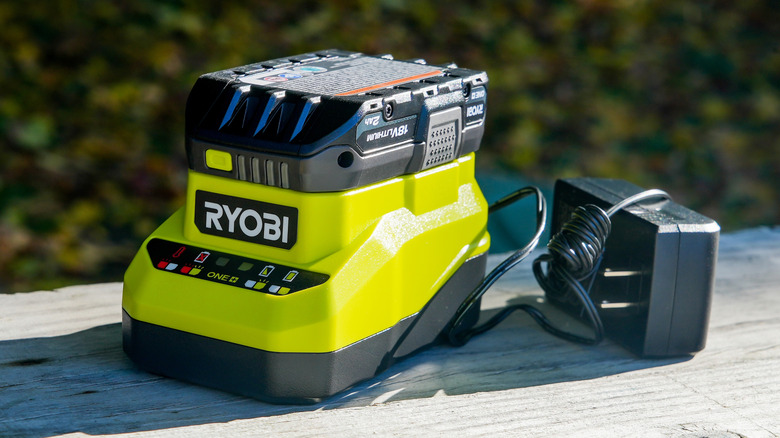Why You Should Never Fully Discharge Ryobi Batteries Before Recharging Them
When it comes to the proper care and use of your Ryobi power tools, it's important to remember the batteries. Not only does a well-maintained battery keep your equipment running in top form, it also ensures the longevity of your tools and keeps you moving, no matter the job. That's why fully discharging your Ryobi batteries before recharging them is never a good idea. Ryobi batteries contain lithium-ion, which needs a voltage range between 3.0V and 4.2V per cell in order to perform efficiently. Fully discharging the battery means it's dropping below the 3.0V threshold, which could immediately cause damage that can't be fixed. You also shouldn't leave your batteries fully discharged over time, as doing so means the battery may actually stop holding a charge, which means you could be in the middle of a task and suddenly, everything stops. That's why Ryobi recommends that you store your batteries with a partial charge instead.
If you're following these steps but your batteries aren't holding a charge, or are not charging at all, the issue may actually be with the charger or the tool itself. The only way to know is by using the battery in other chargers, or trying it in other tools, to determine what's actually going on. If you get stuck and can't find the answer, the right move is to refer to your Ryobi owner's manual, or visit their website for troubleshooting information.
Proper storage and handling can extend the life of Ryobi batteries
There are several ways to prolong the life of your Ryobi batteries, and it all begins with proper storage. This means keeping your batteries away from hotter, or colder, temperatures, with the safe range being between 32 and 80 degrees Fahrenheit. Also, since Ryobi batteries may not be waterproof, your storage location should be kept dry and out of the elements at all times. The same rules regarding temperature apply to your Ryobi batteries when you're out on the job. Whether you're a pro or a DIYer, you should prepare for colder temps by keeping your batteries at room temperature, or between 68 and 72 degrees Fahrenheit, before venturing out into the cold.
Once you're working, be sure you're using the right battery for the tool, as different tools require batteries with different amp hours. Using the correct battery means you'll get the most out of your tool the entire time you're using it. But there may be no easier method for ensuring the life of your batteries than just keeping them clean. This includes the batteries themselves, as well as the contact points on your tools. If you see any grime or dirt buildup, use a dry cloth, which should be all you need. Not only can you extend your battery's life, you'll get a solid connection as well.

